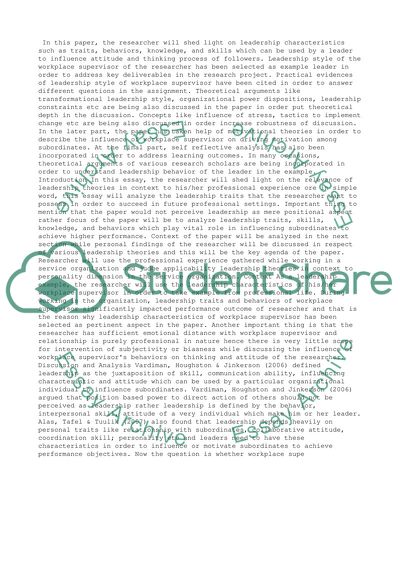Cite this document
(“Leadership Essay Example | Topics and Well Written Essays - 2000 words - 2”, n.d.)
Retrieved from https://studentshare.org/management/1489148-leadership
Retrieved from https://studentshare.org/management/1489148-leadership
(Leadership Essay Example | Topics and Well Written Essays - 2000 Words - 2)
https://studentshare.org/management/1489148-leadership.
https://studentshare.org/management/1489148-leadership.
“Leadership Essay Example | Topics and Well Written Essays - 2000 Words - 2”, n.d. https://studentshare.org/management/1489148-leadership.


